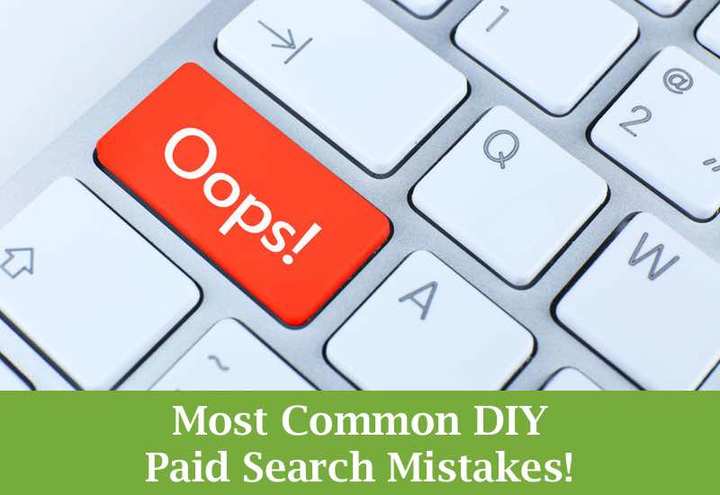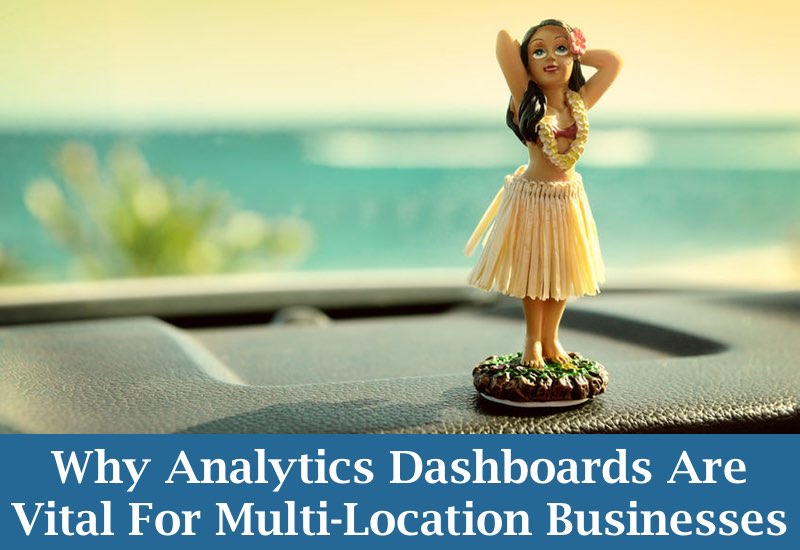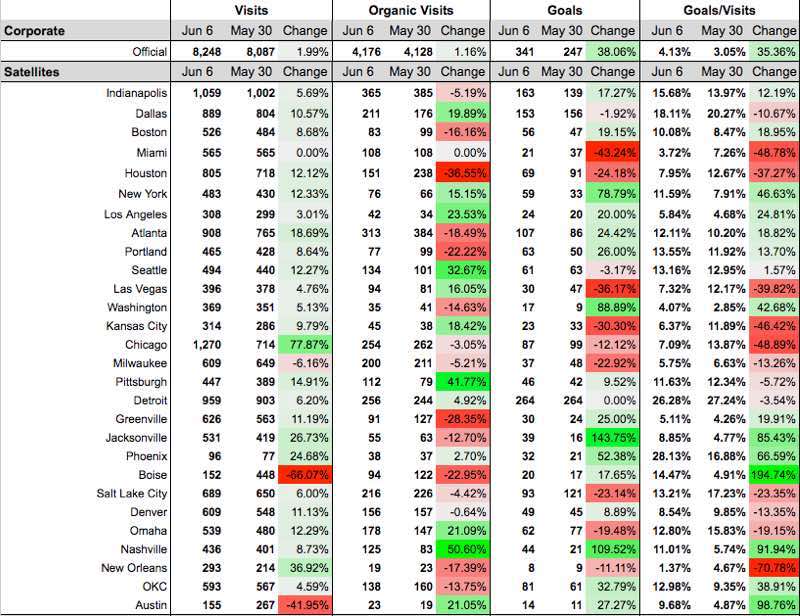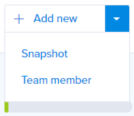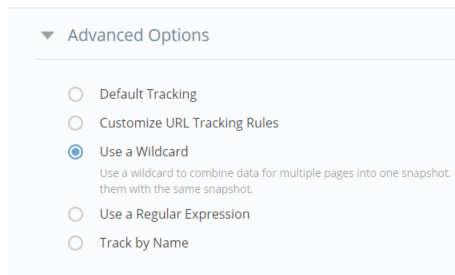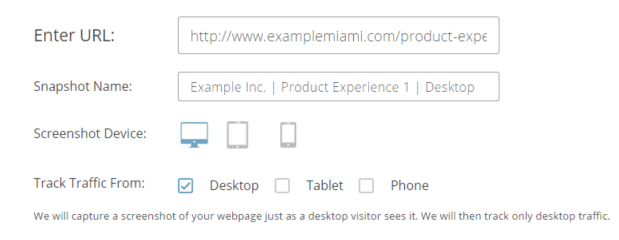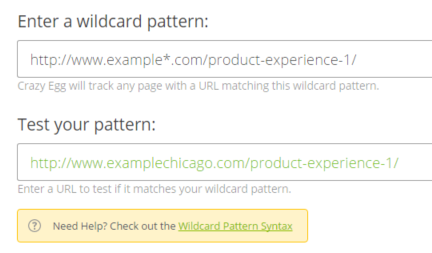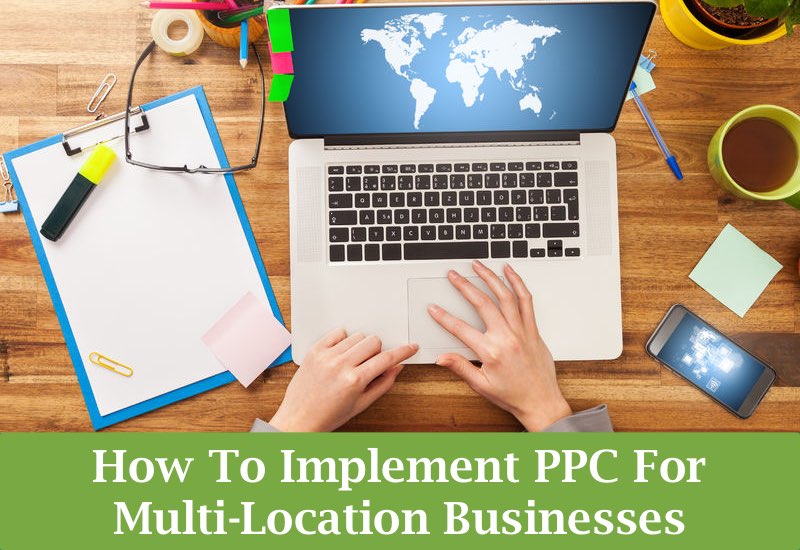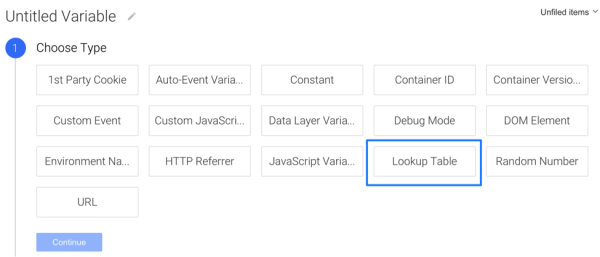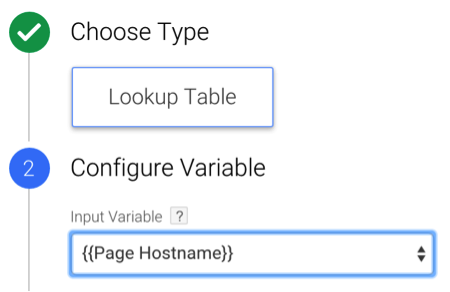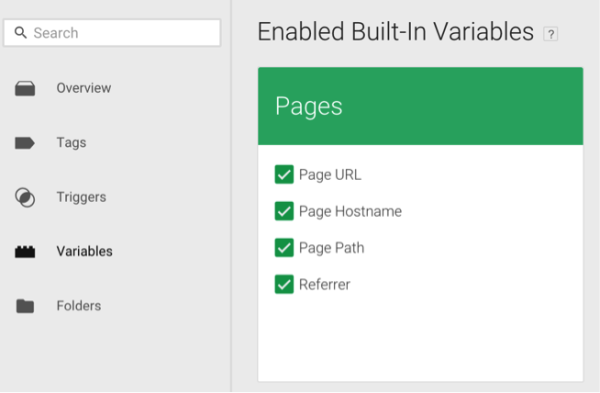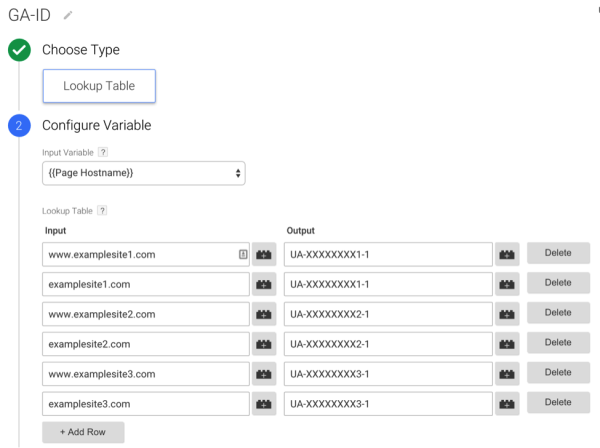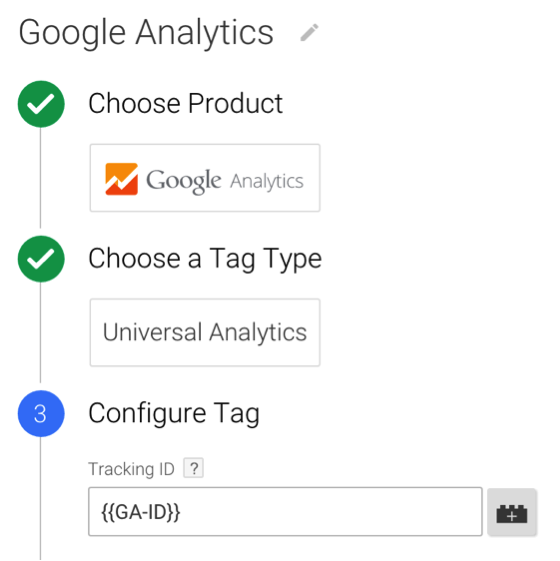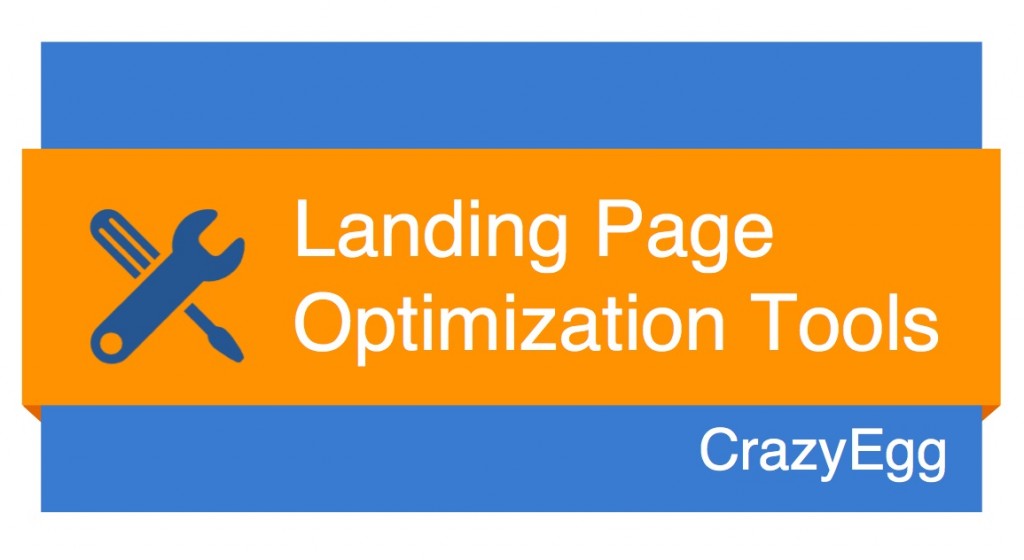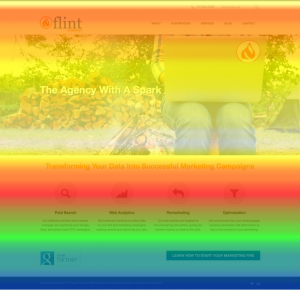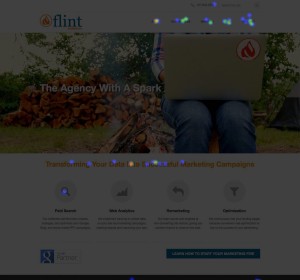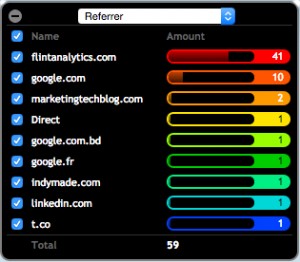Most Common DIY Paid Search Mistakes
All too often, we see companies attempt to dip their big toe in to the paid search (PPC) pool and come out on the other side disappointed with the swim. This usually leads to the assumption that PPC doesn’t work for their industry or isn’t profitable. However, when we conduct audits on existing accounts and present our findings, a few DIY mistakes stand out more often than not. These mistakes are a waste of your PPC budget and can definitely give the impression that PPC doesn’t work for you. However, after we help correct course and implement best practices, accounts can start producing results. If you’re looking for ways to improve your DIY PPC account, and start earning returns on your PPC spend, check out the list below. And if you’re in the market for an agency to partner with on strategy or execution, consider speaking with us.
Sending All of Your PPC Traffic the Same Landing Page
A targeted landing page that provides what was promised in your ad copy is the best way to turn clicks in to conversions. Some common mistakes we come across in PPC include not having enough landing pages to match your ad group themes, and sending all of your traffic to one corporate page in local situations. For instance, if I’m searching for a place to get an oil change and I click on your ad, the typical consumer is expecting to find direction information, relevant coupons, local pricing/specials, and a local phone number or appointment box. If you’re a national or regional brand with many locations and you send me to a top level page and make me dig for that information, I’m more likely to bounce from your landing page to seek assistance elsewhere.
Overstuffing Ad Groups and Ignoring Themes
Though this is a basic fundamental of PPC, I can’t tell you how many times I inherit accounts with way too many keywords in an ad group with little to no relation to one-another. Not only does this harm your click-thru rate because your ad copy + landing page experience can’t match to all of these keyword and search query variations, but you also end up hurting your account’s quality. By not being granular, you can inadvertently end up paying more per click, which leads to higher cost-per-leads and poor returns.
Ignoring Campaign and Account Settings
Settings are never a set it and forget it aspect of PPC. You should be building your campaigns with your goals in mind from the start and optimizing settings as your campaigns and goals evolve or as the search environment changes. It may not make sense for your campaign to be active or at full bidding capacity 24 hours a day, 7 days a week. Depending on sales you’re running, your conversion goals, sales staff availability, etc., consider: the hours and days you are running ads, when and where you’re increasing or decreasing bids, and how automation is working for or against you (if you’ve set it up at all). It’s a best practice in PPC to separate your search and display buys in to different campaigns so you can better align your strategy with network performance. I see this setting ignored in many DIY campaigns so campaigns are often opted in to both search/search partners and display. These networks perform differently from one another and can be better controlled by giving them separate campaigns, goals and budgets.
Under or Over Bidding
When you add keywords to an account or conduct regular reviews of existing keywords, take some time to review your Max CPC vs what you’re actually paying per click and what Google’s estimate for top of page, top position and first page bid. You don’t have to bid to position 1 to succeed in PPC. Keep track of how your average cost per click and position change over time to see the trends for your industry. It’s also a good idea to keep up to date with product changes on Google’s end so you can be aware of how your account may ebb or flow when they remove side rail ads and add an ad spot above the organic results.
On the flip side, many accounts have a chronic under-bidding issue. Recently, I discovered in an account that many keyword bids were so low that the ads were rarely peeping above the bottom of page one. While the cost-per-click estimates were fairly high and cost-per-lead was over goal, it seemed counterintuitive to push bids even higher but a quick test showed that by making the bids more competitive, we could actually increase conversions and lower the CPL.
In addition to Max CPC bidding, we often see a set-it-and-forget it attitude to bidding. For instance, using Google’s automated features like CPA bidding but not monitoring how it performs overtime. I’ve seen accounts spend less than half of what they are capable of due to under-setting the CPA goal. So while these tools aren’t necessarily useless, do exercise caution when setting them up and check in regularly.
